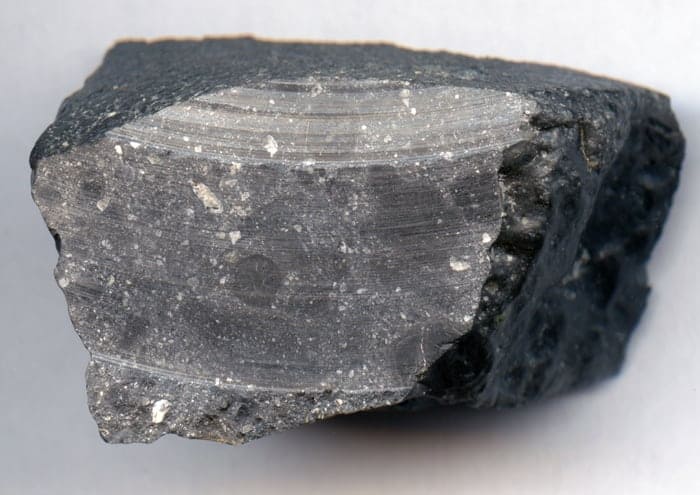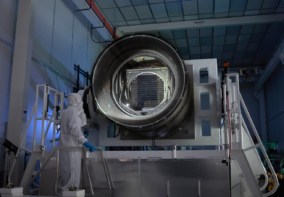
An instrument that can make spectroscopic measurements of tiny amounts of light reflected by extremely dark materials such as meteorites and Vantablack has been unveiled by Sandra Potin and colleagues at University Grenoble Alpes. The instrument operates across a wide range of wavelengths, temperatures and incident angles and could provide important new information about interplanetary objects.
Reflectance spectroscopy is a useful technique for studying the composition and structure of meteorites. A sample is illuminated with narrow beams of visible and infrared light and the spectrum of the reflected light is analysed for absorption lines that reveal the chemical composition of the object.
Meteorites are often extremely dark, however, and this can make it difficult to collect enough light to create accurate spectra. Other complications include the fact that the reflectance of an object can depend strongly on its shape, which means that the measured spectrum can be different at different illumination angles. Also, the measured spectrum is dependent on the temperature of the object. This can make it difficult to compare spectra taken on Earth to spectra taken from objects in space – where temperatures can vary from very cold to very hot.
Pulsed monochromatic light
To address these problems, Potin’s team developed a new instrument called SHADOWS that operates by shining a monochromatic, 5.2 mm-diameter pulsed beam at the sample surface. Visible and infrared detectors then pick up the reflected beam; measuring both the reflectance and the absorption spectra of the sample. A spectrum is obtained by changing the wavelength of the incident light. The azimuthal and elevation angles of the incident beam can also be changed during the measurement, allowing researchers to build up a detailed 3D angular map of the sample’s reflected light.

Oldest minerals from Mars found on Earth
The detectors are synchronized to the light pulses using a technique called lock-in amplification, which greatly reduces the noise in the spectra.
The team showed that SHADOWS can operate over a wide spectral range of 350–5000 nm, and at sample temperatures of –20 °C to 250 °C. To show that the instrument is effective for extremely dark samples, the team obtained angle-dependent spectra for Vantablack – the darkest synthetic substance ever created. This showed that SHADOWS can study materials that reflect as little as 0.035% of incident light.
Potin say that the directional nature of the instrument could reveal important new structural information from samples that is not currently accessible by other techniques. The team is now making improvements to SHADOWS that include the ability to measure shifts in polarization of the reflected light.
SHADOWS is described in Applied Optics.



